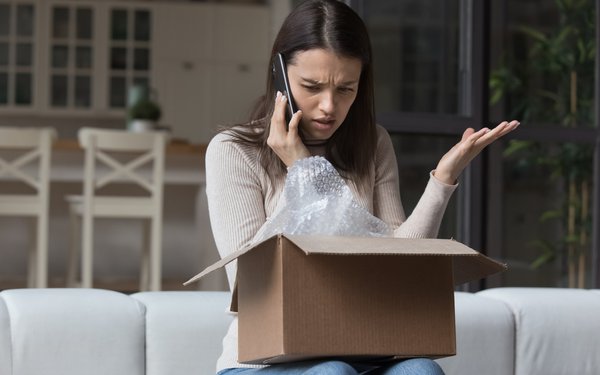Returns Policies Can Drive Loyalty -- Or Stop People From Purchasing, Study Says
- by Ray Schultz , August 29, 2022

Email teams should use whatever influence they have to improve their company’s returns policy.
If they work for a firm that ignores the customer journey past the point of purchase, they will be “missing out on critical opportunities to build trust and boost customer retention,” says Aaron Schwartz, president of Loop.
Loop found in a survey that 57% of shoppers are willing to abandon a brand that provides a poor post-purchase experience.
However, 97% feel that brands with flexible returns policies care more about their customer base.
Moreover, 96% of consumers read a retailer’s return policies before making an online purchase. And 54% are unlikely to buy from a brand that doesn’t offer free returns.
But many brands view customer returns merely as a cost center, Loop says.
Here are some of the problem areas. For one, many consumers would rather eat the cost of a bad purchase rather than get bogged down with a confusing or time-intensive returns policy. For 45%, a price point of $50 or less would discourage them from bothering.
Why don’t some consumers bother with returns? The top five reasons are:
- Making a return takes too much time and effort — 43%
- The value of the product I purchased is not worth making the return — 39%
- The return location is not open at a time that is convenient for me — 32%
- The return policy is hard to follow and I have questions — 30%
- I’m waiting for more products to arrive so I can make all my returns at once — 25%
How do they want returns to work? According to Loop, 42% of shoppers prefer to drop returned items off at a shipping partner like UPS or FedEx.
In addition, 24% would choose at-home, product pick-up. And 18% would rather return products directly to a retailer’s storefront.
Returns can be used as a loyalty builder — indeed, 87% of shoppers say post-purchase incentives would make them more likely to buy for the first time.
What type of incentives? For 52%, it’s value product discounts, and for 41% coupons for future purchases or in-store credit. And 34% would welcome value coupons for future purchases — or in-store credit. And 34% desire an unlimited returns window.
Email marketing can be a critical part of the returns policies, given the need for notifications and other messaging. Such emails can also be used to upsell and cross-sell.
On another front, 56% of consumers care about the environmental impact of returns. And 33% have opted out of returning a product because of the potential environmental impact. Only 20% ignore this concern.
This is happening at a time of intense competition for consumers' dollars. Of the consumers polled, 80% are cutting back on non-essential purchases.
Loop surveyed 1,000 U.S. consumers.


